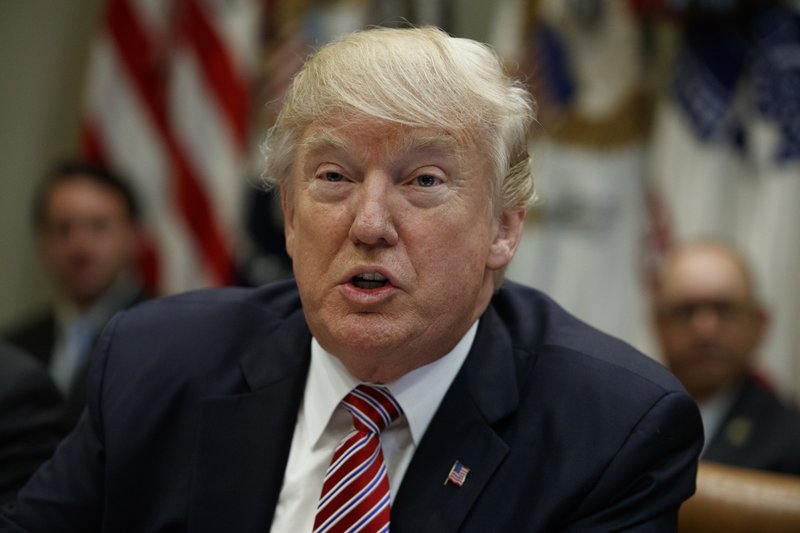
The tax bill passed by the US Senate over the weekend has little chance to restore the US' status as a leading manufacturing power and bring back factory jobs, although certain advanced manufacturing sectors in which the US has a comparative advantage are likely to get a boost.
Perhaps the value of the Senate bill is overrated. Under the measure, the corporate tax rate would fall from 35 percent to 20 percent. A 15-percentage-point cut in the tax rate on the profits of US-domiciled corporations means that those companies could reduce costs by 1.5 percent if their average profit margin is about 10 percent.
Therefore, a 1.5-percent discount on the retail price is theoretically possible if these companies pass on the benefits of lower taxes to consumers. But the price gap between US-made goods and made-in-China products could dwarf this possible tiny discount.
China is undergoing a transition as its labor cost advantage shrinks, but its products are still price-competitive compared with the US partly due to the complete industrial chain that has been established in many industries in China.
For instance, China has started commercial production of its CH-5 Rainbow drone but its price is just a fraction of that of the US' Predator B drone.
Chinese manufacturers dominate industries ranging from advanced ones like drones to low-end ones like toys. In contrast, the US' economic system is no longer suitable for low- and medium-end manufacturing. Revitalizing US manufacturing requires to cash in on cheap labor, promoting new technology, modernizing manufacturing facilities and opening trade routes. These outcomes cannot be achieved by simply cutting taxes on company profits.
The Senate bill is unlikely to put pressure on China's low- and medium-end manufacturing sectors. China's manufacturing industry will maintain its economic competitive edge and scope for development. Although the nation's services sector has expanded at a rapid pace in recent years, the country must still give careful attention to strengthening its manufacturing capabilities.
US manufacturing isn't dead, but it has shifted toward advanced products in recent years as makers of low- and medium-end goods moved overseas. Instead of halting the trend, the Senate bill will promote it as the proposed tax cuts will help expand high-technology companies' cost advantages.
This may help make the US a more attractive investment destination for advanced manufacturing, but it is unlikely to create many jobs because of the high automation rate in such factories.


